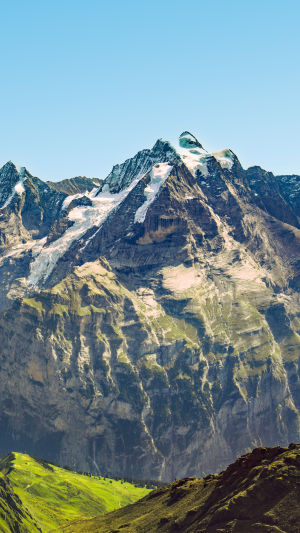The Himalayas have not always been this high, nor have they been the same forever.
The Himalayas have a long and winding history of development. Although humans did not inhabit the ancient geological era, the layers of rocks that make up the Himalayas have recorded a very rich evolutionary history. The entire Himalayan body is a huge, thick history book made of rocks. The oldest rocks currently found in the Everest region have been dated at more than two billion years old, so the history of the Himalayan region can be traced back as far as two billion years ago.
Two billion years ago, the vast area that is now the Himalayas was originally a vast ocean.
It went through various geological periods from the Tertiary, Metazoan, Paleozoic, and Mesozoic eras long enough to last until the end of the Early Tertiary of the Cenozoic about 30 million years ago.
At that time, the general tendency of the crustal movement in the Himalayan region was a continuous decline. In the process of continuous descent, this sea basin accumulated layers of marine sedimentary rocks that were more than 30,000 meters thick.
The thickness of these sedimentary rock layers is the physical evidence that we know that the crustal descent in the Himalayan region all reached at least 30,000 meters.
At the same time, in the rock layers representing various geological periods from 500 million years ago to 30 million years ago, we have found extremely rich fossils that once lived in shallow seas, including trilobites, pensiones, gastropods, brachiopods, nautilus, chrysoprase, flap gills, corals, moss worms, sea urchins, sea lilies, seaweeds and ichthyosaurs, and other various phyla of animal and plant fossils, providing strong evidence.
So how did the Himalayas transform into the largest mountain range in the world today?
According to the youngest marine strata found in the Himalayas and the earliest terrestrial accumulation on them, a strong tectonic movement occurred in the earth's crust at the end of the third century, about 30 million years ago, causing stratigraphic folding, rupture, metamorphism, and various magma intrusion, and all the rock layers that had been submerged in the depths of the sea rose to the surface.
Until today, the crustal movement in the Himalayas has not stopped, and it continues to grow taller and taller, becoming a veritable roof of the world.





